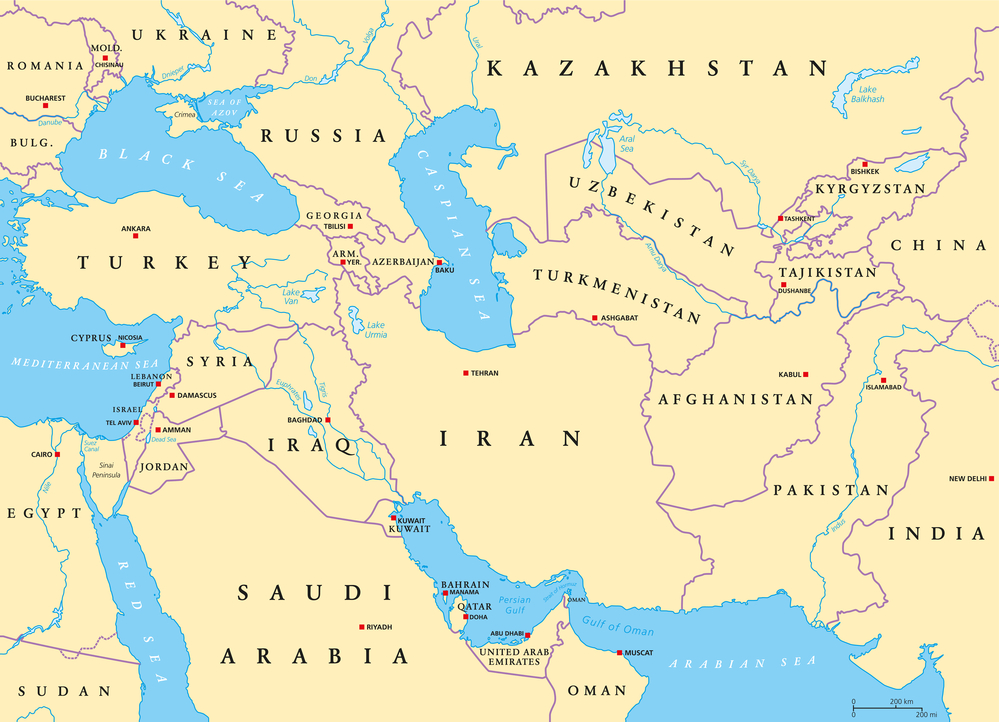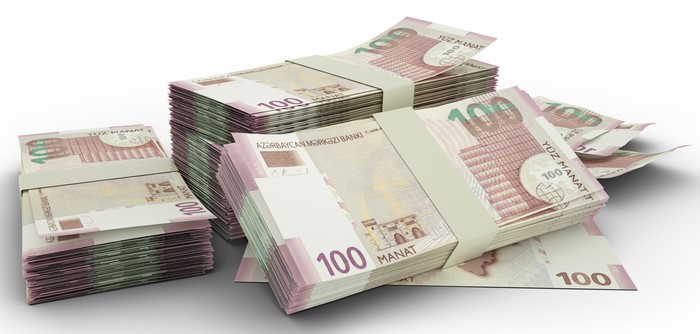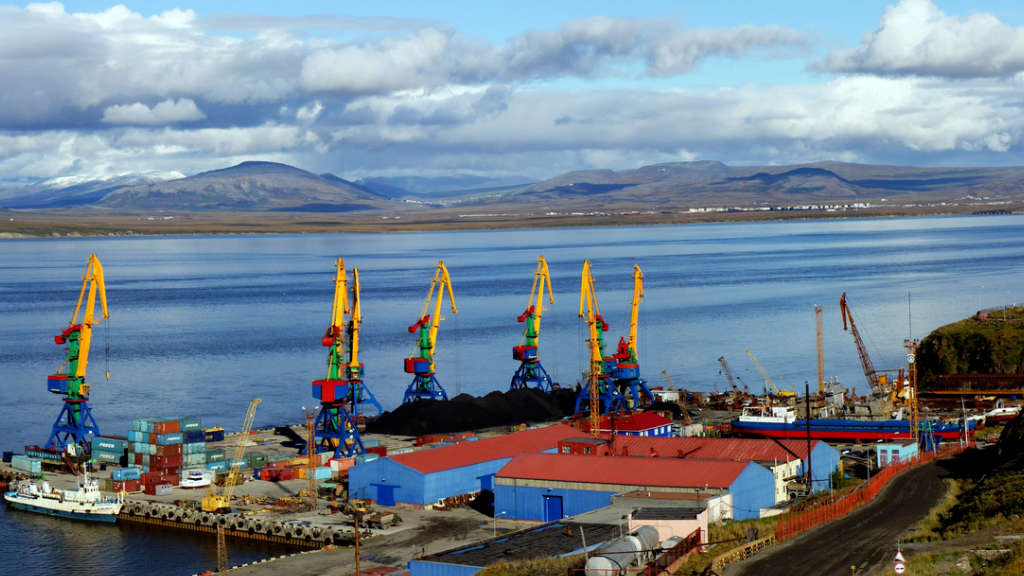
The economic relations between Russia and other EAEU countries with Azerbaijan, are increasingly active and are forming a common and mutually beneficial economic space, despite the fact that Azerbaijan is not part of the Eurasian Economic Union (EAEU) trade bloc.
An accelerating growth in trade turnover between Azerbaijan and the EAEU, coupled with over 50 joint investment projects in about 20 industries are underway in either EAEU and Azerbaijan. Two-thirds of these projects are EAEU investments into Azerbaijan. The EAEU includes Armenia (one reason for Azerbaijan’s reluctance to join), together with Belarus, Kazakhstan, Kyrgyzstan and Russia. It fills ana economic space between Eastern Europe and West China.
The formation of this space is also facilitated by the participation of almost all the EAEU countries and Azerbaijan in the North–South International Transport Corridor and the Eurasian Railway Agroexpress, which delivers a high-speed supply of agricultural raw materials and ready-made food to Asian markets and especially China.
Moreover, with the developing participation of Iran in these trade corridors, Baku, as Azeri Prime Minister Ali Asadov stated in Minsk in early June, is ready to develop mutually beneficial cooperation with the EAEU member states in ensuring food security.
The EAEU countries now account for about 40% of Azerbaijan’s total imports of fresh vegetables, fruits and berries, fresh herbs, and processed fruits and vegetables, while it is also a major buyer of Azerbaijan’s petrochemical products, providing added value to Azerbaijani industries. This is in contrast to the EU, which is mainly interested only in Azerbaijani oil and gas raw materials with little to no added value.
However, there is still more work to be done on behalf of the EAEU. Speaking at the Belarusian-Azerbaijani economic relations meeting on June 11, Belarus President Alexander Lukashenko said that “Our trade turnover is not bad. But it is unbalanced: we need to buy more goods in Azerbaijan.” Both Belarus and Azerbaijan said they are planning to more actively exchange technologies, including in the agro-industrial space and in the military-industrial area.
Concerning Azeri-EAEU transit and infrastructure, Azerbaijan’s geographical location contributes to each of the EAEU countries employ routes passing through the country as important logistics corridors for the export of their goods to other overseas markets.

Azerbaijan As A Transit Hub
In 2023, transit cargo flows between Azerbaijan and Russia increased by 174%, and between Azerbaijan and Kazakhstan over 400%. This trend is continuing. Transit cargo flows along the North–South Middle Transport Corridor through Azerbaijan (including its Caspian ports and ferries) more than doubled in 2022-23. Accordingly, Azerbaijani transit revenues are increasing due to the growth of transit cargo transportation, primarily with the EAEU countries.
Azerbaijan also participates in the Russia–Transcaucasia–Iran electric power corridor (in both directions) with the prospect of this project reaching onward to Iraq and Syria by the 2030. Since 2015, a new, moreover, indefinite agreement between Russia and Azerbaijan on the parallel operation of national electric power systems has been in force, which prevents electricity shortages in both countries in advance through mutual supplies. With a single electricity market in the EAEU planned from 2025/26, Azerbaijan’s electrical grid will be connected to this resource.
Azerbaijan-Russia Trade & Investment
Yusif Abdullayev, Executive Director of the Azerbaijan Export and Investment Promotion Agency said at the recent SPIEF concerning Azerbaijan’s cooperation with Russia that “Our relations are at their peak. There is practically no area where we do not cooperate. About 1,300 Russian companies are registered and active in Azerbaijan. Russia has invested about US$10 billion in Azerbaijan over the past 30 years, US$2.5 billion of which is in the non–oil and non-gas sectors. Plus, Russia ranks first in Azerbaijan’s non-oil exports. It is noted that in just 4 months of this year, we exported goods to Russia worth US$350 million. The total trade turnover for the first four months of 2024 is US$1.3 billion. These are serious figures.”
Dmitry Volvach, the Russian Deputy Minister of Economic Development stated that “Over the past one and a half years, the checkpoint capacity at our mutual borders has been increased many times. Instead of queues of transportation vehicles, there is an increased turnover, an expanded and rich assortment, and business prosperity. This is a landmark example of serious cooperation.”
Dedollarisation

Mikhail Galuzin, the Russian Deputy Minister of Foreign Affairs said that “We feel Azerbaijan’s understanding and support in creating an environment that would be independent of negative external influences. This is the creation of an independent financial system for mutual settlements, and transition to using our national currencies.”
Concerning de-dollarisation in trade, the Azerbaijani Manat is stable and liquid, due to the regulation of its exchange rate by the Azeri Central Bank. The exchange rate of one Manat against the Russian Rouble, the US dollar and the euro in mid–June 2024 was stable at 52.4 (Manat to Rouble). In fact, the Azerbaijani Manat has been used for many years in mutual settlements with most post-Soviet countries and is present in the exchangers of most countries of the former USSR.
Further Reading
Russia-Azerbaijan 2024 Trade & Development Dynamics
We comprehensively discuss Russia’s bilateral trade and investments with Azerbaijan in our 2024 Russia’s Pivot To Asia guide. That is a complimentary download and may be accessed in English here and in Russian here.




